Increasing Demand for Fuel Efficiency
The Automotive Half Shaft Market is experiencing a notable surge in demand for fuel-efficient vehicles. As consumers become more environmentally conscious, manufacturers are compelled to innovate and produce vehicles that consume less fuel. This trend is particularly evident in the rise of hybrid and electric vehicles, which require advanced half shaft designs to optimize performance. According to recent data, the automotive sector is projected to witness a 20% increase in fuel-efficient vehicle sales over the next five years. Consequently, the Automotive Half Shaft Market is adapting to these changes by developing lighter and more efficient half shafts that enhance overall vehicle performance while reducing emissions.
Regulatory Pressure for Emission Reductions
Regulatory pressure for emission reductions is a critical driver for the Automotive Half Shaft Market. Governments worldwide are implementing stringent emission standards to combat climate change, compelling automotive manufacturers to innovate. This regulatory landscape is pushing for the development of lighter and more efficient half shafts that contribute to lower vehicle emissions. As a result, the Automotive Half Shaft Market is likely to see increased investment in research and development, focusing on sustainable materials and designs. This shift not only aligns with regulatory requirements but also meets consumer expectations for greener vehicles.
Technological Advancements in Manufacturing
Technological advancements are significantly influencing the Automotive Half Shaft Market. Innovations in manufacturing processes, such as the adoption of automated production lines and advanced materials, are enhancing the quality and durability of half shafts. For instance, the introduction of computer-aided design (CAD) and simulation technologies allows manufacturers to optimize half shaft designs for better performance. This shift is expected to lead to a 15% reduction in production costs over the next few years, thereby making high-quality half shafts more accessible. As a result, the Automotive Half Shaft Market is likely to see increased competition and improved product offerings, catering to the evolving needs of automotive manufacturers.
Rising Popularity of All-Wheel Drive Systems
The rising popularity of all-wheel drive (AWD) systems is significantly impacting the Automotive Half Shaft Market. As consumers increasingly prefer vehicles that offer enhanced traction and stability, manufacturers are responding by integrating AWD systems into their designs. This trend is expected to drive a 30% increase in the demand for half shafts specifically designed for AWD applications over the next five years. Consequently, the Automotive Half Shaft Market must focus on developing robust and lightweight half shafts that can withstand the demands of AWD systems, ensuring optimal performance and safety for consumers.
Growth of the Automotive Sector in Emerging Markets
The Automotive Half Shaft Market is poised for growth due to the expansion of the automotive sector in emerging markets. Countries such as India and Brazil are witnessing a rapid increase in vehicle production and sales, driven by rising disposable incomes and urbanization. This trend is expected to contribute to a 25% increase in automotive production in these regions by 2030. Consequently, the demand for half shafts is anticipated to rise, as manufacturers seek to equip new vehicles with high-quality components. The Automotive Half Shaft Market must adapt to these regional demands, ensuring that products meet local standards and preferences.


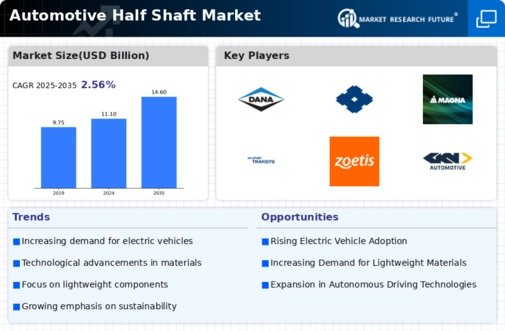
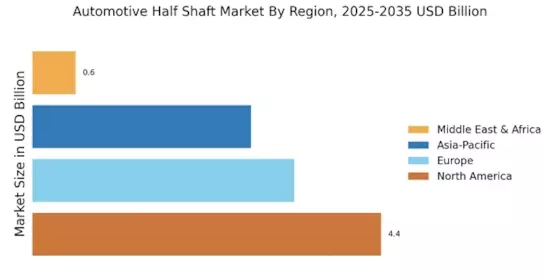
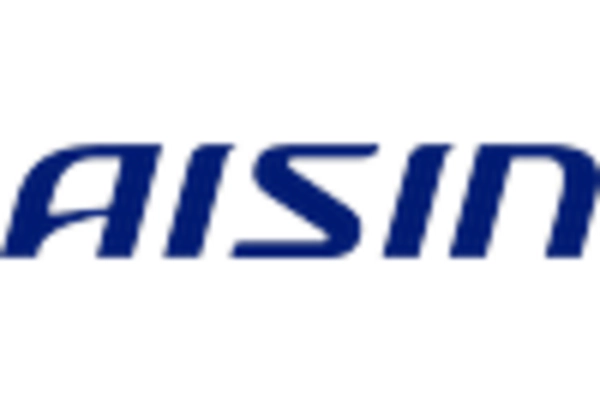
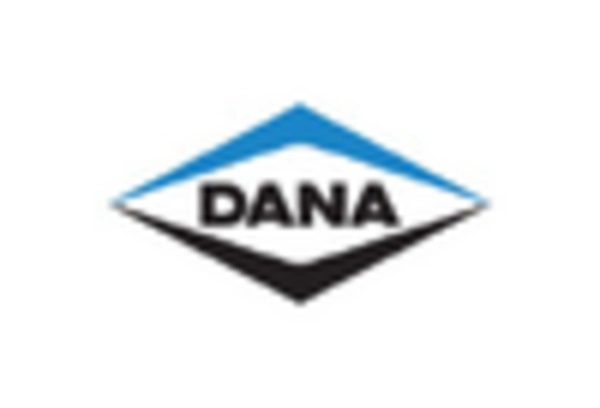

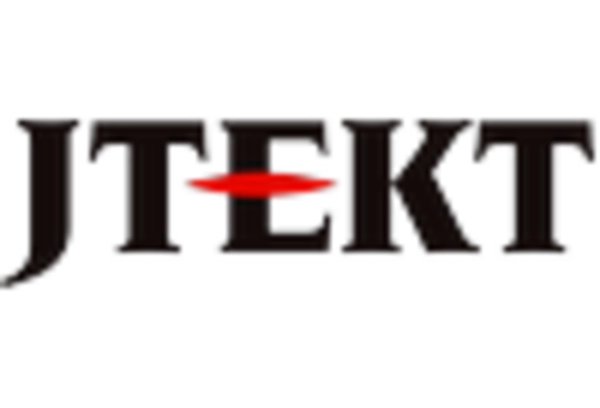

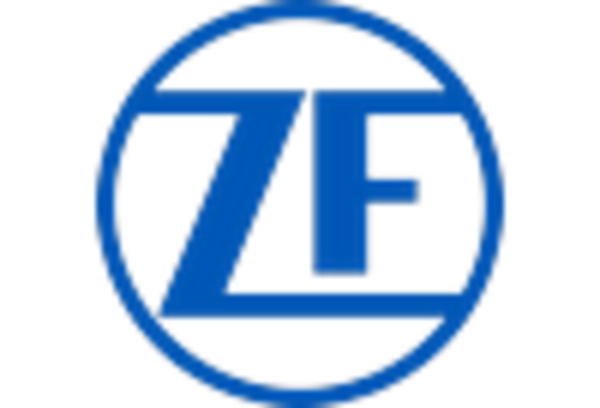








Leave a Comment